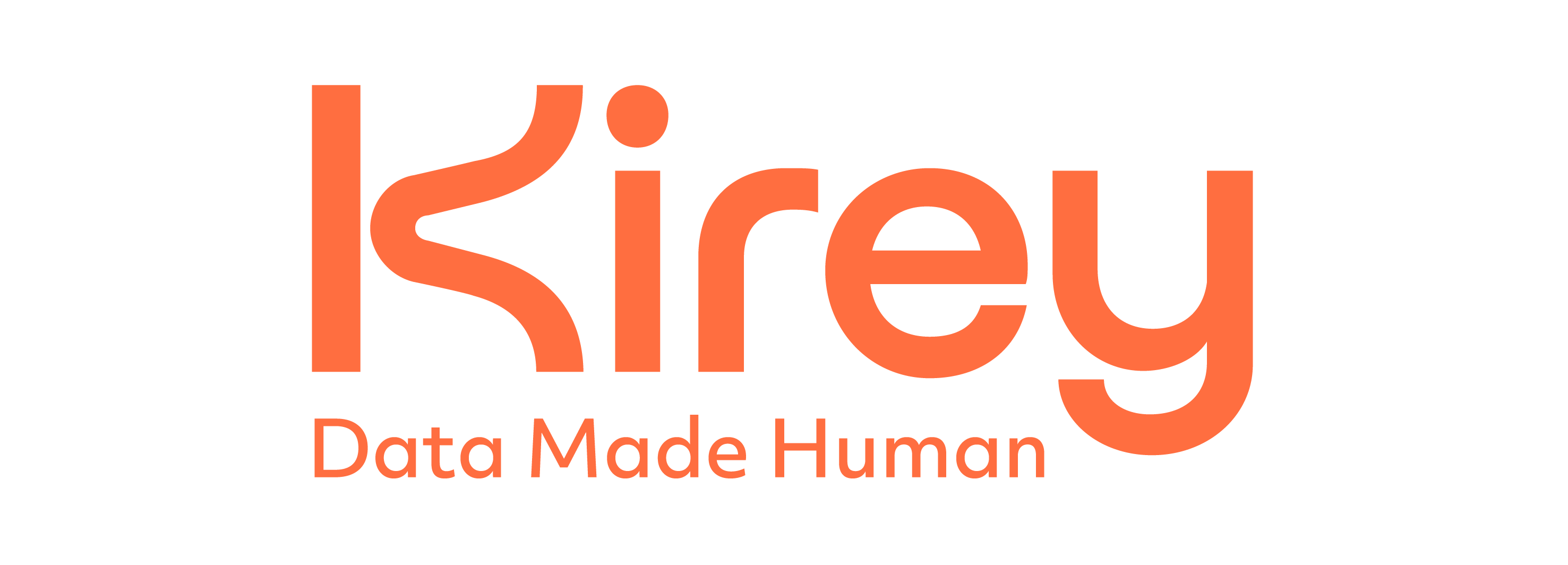Composability and adaptability, principles already widely tested in the IT world, are gaining increasing traction in the realm of corporate structuring, triggering changes that primarily involve digital architectures, which are to be reimagined from a more software-defined perspective.
By Manuel Zini, Distributed Systems and New Tech Senior Manager, Kirey Group
Adapting, becoming resilient, and rapidly scaling one's business to address unforeseen challenges and risks: in the turbulent socio-economic period the entire world is facing, the new mantras of business transformation strategy involve the removal of outdated organizational and technological barriers, viewing innovation as an opportunity rather than an obstacle, and, of course, the deeper integration of digital platforms and infrastructures.
In particular, according to a recent survey by Omdia, many companies now recognize the importance of transitioning to a new "composable" model, identifying themselves as what Gartner, who coined the term, defines as a "composable enterprise." This refers to an organization capable of delivering business results by adapting to changing and unforeseen circumstances, at the pace of business changes.
But how does composability materialize, and how does it represent a new, significant advancement in alignment and increased permeability between IT, business, and corporate structuring?
The Power of Modularity in Corporate Transformation
One of the primary purposes of the Composable Enterprise is the elimination of internal barriers that limit flexibility and change, both in terms of processes and architectures, by embarking on a "decomposition" path. The goal is to segment application functions into a series of units that Gartner calls Packaged Business Capabilities (PBC). Each PBC encapsulates specific and highly coherent business functionalities, offering the company greater adaptability and speed in assembling, disassembling, and reusing teams and tools as needed. If we were playing with Legos, it would be equivalent to preparing to respond to every constructive challenge by arranging a series of well-defined, autonomous building blocks that can always interface with each other. This metaphor also helps us understand how the idea of a "composable enterprise" becomes a kind of common thread that does not refer to a single technology, practice, or framework but binds the entire company, emphasizing the importance of modularity, a key element of adaptability in business strategies.
Architecture defines composability
Modularity is certainly not a new concept in computer science or even in organizational management. Single responsibility principles, separation of concerns, loose coupling, and many others have long been used by software designers. However, composability stands out due to its broad vision, which extends these concepts not only to IT and programming but also to entire architectures and, ideally, to the way of thinking, organizing, and defining the entire business strategy and its processes.
To support this conceptualization of companies, a specific digital architecture is required, aimed at eliminating siloed divisions of data and legacy monolithic applications in favor of a portfolio of highly interfaceable and re-composable modules or applications for different purposes.
Essentially, achieving this goal requires three prerequisites:
- A robust application integration infrastructure that ensures the ability to govern ecosystem communication through the use of efficient standards and technologies designed for change. This simplifies adding new services to the portfolio or modifying existing ones.
- Strong automation of IT processes. To be maximally adaptable, releasing new software, making changes, or implementing modifications must be cost-effective. Therefore, automating all CI/CD processes is an indispensable decision.
- Vendors who, as a design practice, start with a vision of adaptable and flexible architectures and demonstrate expertise in the architecture governance of application integration and the world of microservices, such as Enterprise Service Bus, Digital Integration Hub, API Gateways, and API Portals.
The ultimate goal: governing change
At this point, it is clear that composability has one true ultimate goal: governing change in a time when change constantly impacts everyone, forcing companies to choose between proactive or reactive evolution. Being composable means being able to quickly adapt the shape of the digital organizational support to the needs of the business strategy, optimizing all the inherent advantages of opening new business channels and relationships between them.
What does this mean? For example, in the case of a black swan event like the Covid pandemic, it will be possible to reconfigure and adapt the mode of doing business quickly. This could involve supporting new channels, new logistic or organizational methods, and introducing new digital communication tools for internal and external purposes. Similarly, for less significant but still impactful operational issues, such as changes or upgrades to a company's application, being able to carry out the operation quickly without causing disruptions to the end customer.
Ultimately, achieving true composability is not about predicting change but attaining the highest level of responsiveness and profitability in the face of change itself.
